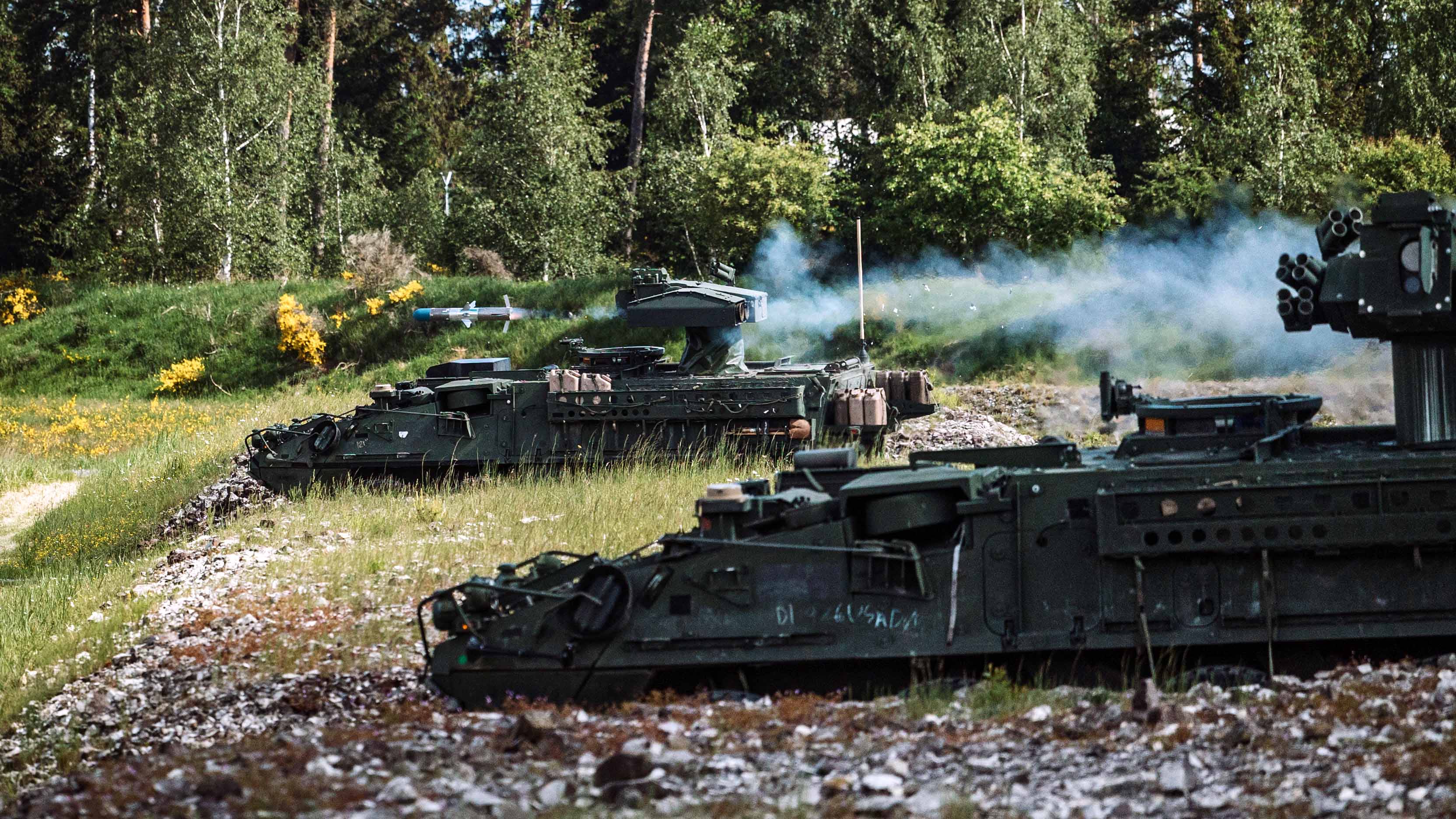Rainey: Army Must ‘Work Now’ to Transform, Prepare
Rainey: Army Must ‘Work Now’ to Transform, Prepare

As the character of war rapidly evolves, the Army must maintain its dominance in close quarters combat and its ability to harness new and emerging technology, the commanding general of Army Futures Command said.
“It would be an understatement to say that we’re not in … the most disruptive period … ever,” Gen. James Rainey said. “We’ve got to figure … out [how to adapt to the needs of the future fight] every month, every six months. We’re in this perpetual state of disruption in the character of war that is really phenomenal.”
During a keynote presentation during the recent 2024 Fires Symposium in Lawton, Oklahoma, Rainey identified close combat dominance as “the single most important competency that we need as a land force.”
“We owe combatant commanders and this country … dominance of the land domain,” Rainey said. “That’s what deters people. That’s what people are scared of. Nobody wants to fight the United States Army at an intimate range.”
Rainey underscored the importance of fires during future wars, saying, “the ability to blow up objectives with fires, set people on fire, set things on fire with tanks and shoot or stab people with rifle squads, that is not going away.”
In his presentation during the symposium, hosted by the Air Defense Artillery Association and the United States Field Artillery Association, Rainey emphasized proactive leadership and training.
“Train for the known, educate people for the unknown,” he said. “Make sure whatever size Army we’ve got, and whatever kit it’s got, that we’re well trained. … If you’re in a formation now or on your way to a formation, focus on going to war with the people you’ve got and the stuff you’ve got.”
During future conflict, leaders’ ability to utilize and train with technology will determine their lethality, Rainey said.
“Unskilled commanders and untrained units are going to pay a cost that they have not paid in the past. A bad day is not going to be 10% casualties; a bad day is going to be your firing brigade being gone,” he said. “But if you become data fluent and understand what’s happening, … then you’re going to be able to bring the pain train at an unprecedented level of lethality.”
As the Army prepares to meet the demands of the future fight, time is of the essence, Rainey warned.
“We’re all in it together,” he said. “The way we are training, the way we work with our allies, the way we maintain moral responsibility when we fight, we’re going to do OK. But we need to put the … work in now, because, if not, we’re going to trade blood for these lessons.”
Rainey will talk more about the Army’s transformation and modernization efforts, future investment priorities and the development of the service’s next warfighting concept as part of the Strategic Landpower Dialogue co-hosted by the Association of the U.S. Army and the Center for Strategic and International Studies.
The event will take place from 2–3:15 p.m. Eastern June 3 at CSIS headquarters, 1616 Rhode Island Avenue NW, Washington, D.C. It also will be livestreamed on the CSIS YouTube channel.
To attend in-person or online, you must register here.

